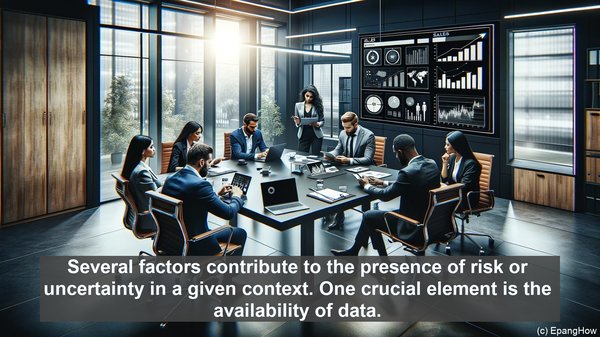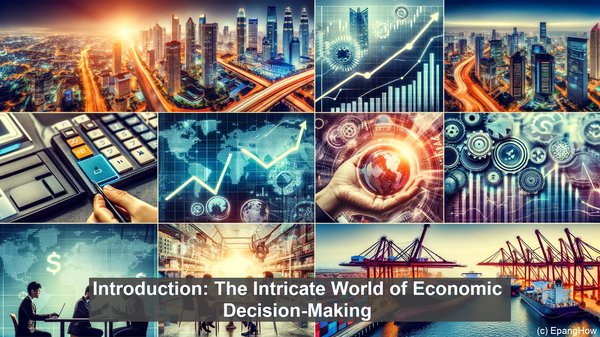Introduction: The Intricate World of Economic Decision-Making
Hello everyone! Economic decision-making is a complex realm, where multiple factors come into play. Today, we’ll be exploring a fundamental aspect of this domain – the distinction between risk and uncertainty. While these terms may seem interchangeable, they have unique characteristics that significantly impact the choices made by businesses and individuals. So, let’s dive in!

Defining Risk: Navigating Known Probabilities
Risk, in economic terms, refers to situations where the probabilities of different outcomes are known. It’s like playing a game with a loaded dice, where you have a clear idea of the odds. This allows decision-makers to quantify and measure the potential gains or losses associated with each choice. For instance, in financial investments, historical data and market trends enable the calculation of risk. This information empowers investors to make informed decisions, weighing the potential returns against the likelihood of losses.
Understanding Uncertainty: The Unknown Terrain
On the other hand, uncertainty is characterized by a lack of precise probabilities. It’s akin to playing a game without knowing the rules or having a dice with unknown sides. In such scenarios, decision-makers face a higher level of ambiguity. While they may have some information or assumptions, the outcomes are inherently unpredictable. This often arises in situations like technological disruptions, geopolitical events, or unprecedented market shifts. In these cases, decision-making becomes more subjective, relying on expert opinions, scenario planning, and intuition.
Factors That Shape Risk and Uncertainty
Several factors contribute to the presence of risk or uncertainty in a given context. One crucial element is the availability of data. When historical data is abundant and reliable, risk can be assessed more accurately. However, in emerging fields or novel situations, data scarcity increases uncertainty. The level of complexity also plays a role. Complex systems, such as global supply chains or intricate financial networks, often involve higher uncertainty due to the interdependencies and non-linear dynamics. Additionally, the pace of change and the presence of external shocks can amplify uncertainty, as seen during times of economic crises or natural disasters.
Implications for Decision-Makers: Balancing Caution and Opportunity
The presence of risk and uncertainty necessitates different approaches to decision-making. In risk-based scenarios, where probabilities are known, strategies like diversification, hedging, and risk mitigation can be employed. However, in uncertain environments, adaptability and agility become crucial. Decision-makers need to be open to multiple scenarios, ready to pivot strategies based on emerging signals. It’s a delicate balance between being cautious to potential downsides and seizing opportunities that uncertainty often presents. Moreover, effective communication becomes vital, as decision-makers need to convey their rationale and plans to stakeholders, instilling confidence amidst ambiguity.

